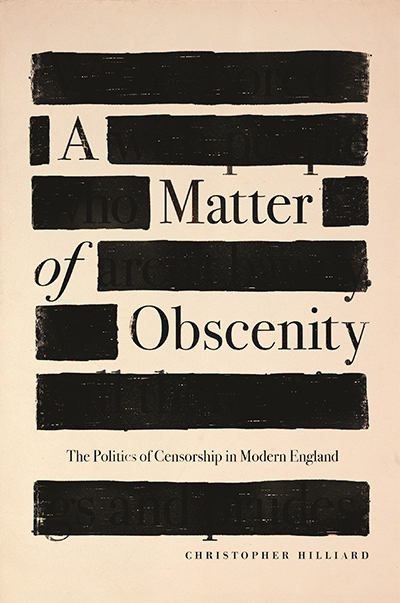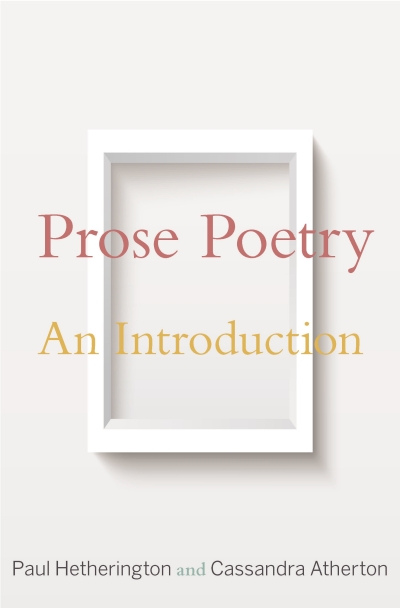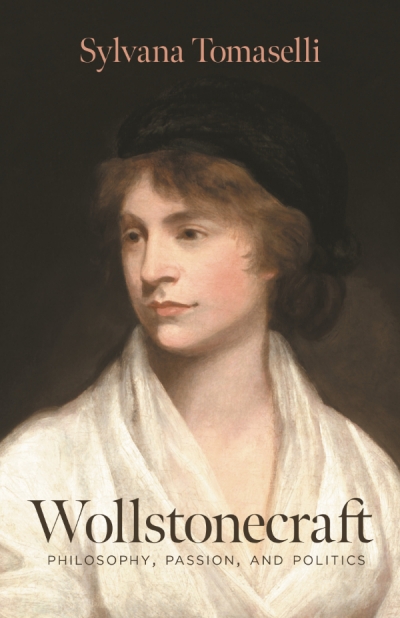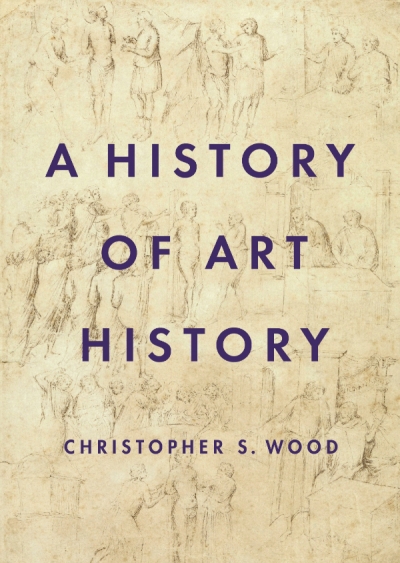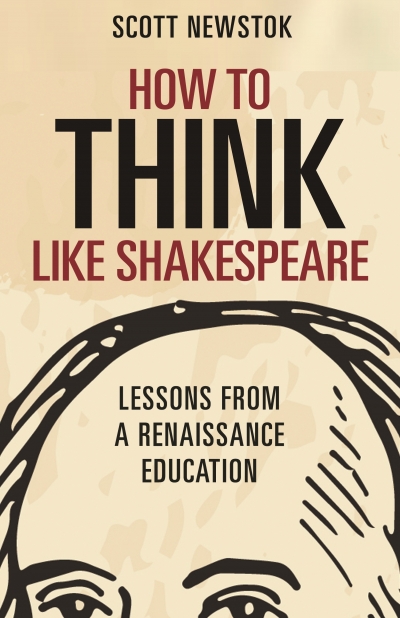Princeton University Press
The Internet Is Not What You Think It Is: A history, a philosophy, a warning by Justin E.H. Smith
by Geordie Williamson •
A Matter of Obscenity: The politics of censorship in modern England by Christopher Hilliard
by Geordie Williamson •
Lost in Thought by Zena Hitz & The Battle of the Classics by Eric Adler
by Matthew R. Crawford •
Prose Poetry: An introduction by Paul Hetherington and Cassandra Atherton
by Anders Villani •
Wollstonecraft: Philosophy, passion, and politics by Sylvana Tomaselli
by David Kearns •
New Guinea: Nature and culture of Earth’s grandest island by Bruce M. Beehler, photography by Tim Laman
by Peter Menkhorst •
How to Think Like Shakespeare: Lessons from a Renaissance education by Scott Newstok
by David McInnis •
Spinoza’s Ethics edited by Clare Carlisle, translated by George Eliot
by Moira Gatens •



